Radnorshire, a historic region in central Wales, has a rich tapestry of religious and spiritual traditions that date back centuries. From the pre-Christian rituals of the Celts to the establishment of the Church of Wales, spirituality in Radnorshire has deeply shaped the region’s history and culture.
Over the centuries, Radnorshire has seen the influence of various spiritual traditions, each leaving a lasting imprint on its societal structure and cultural expressions. These historical and spiritual layers provide a captivating study of how belief systems can shape a community, and subsequently, a region, over time.
Ancient Druidic Traditions (Pre-Roman Era)
Radnorshire has Celtic blood coursing through its veins, deeply immersed in ancient rituals and practices. Recognised as spiritual advisors, Druids, often conducted ceremonies, rites and sacrifice in the majesty of untouched forests.
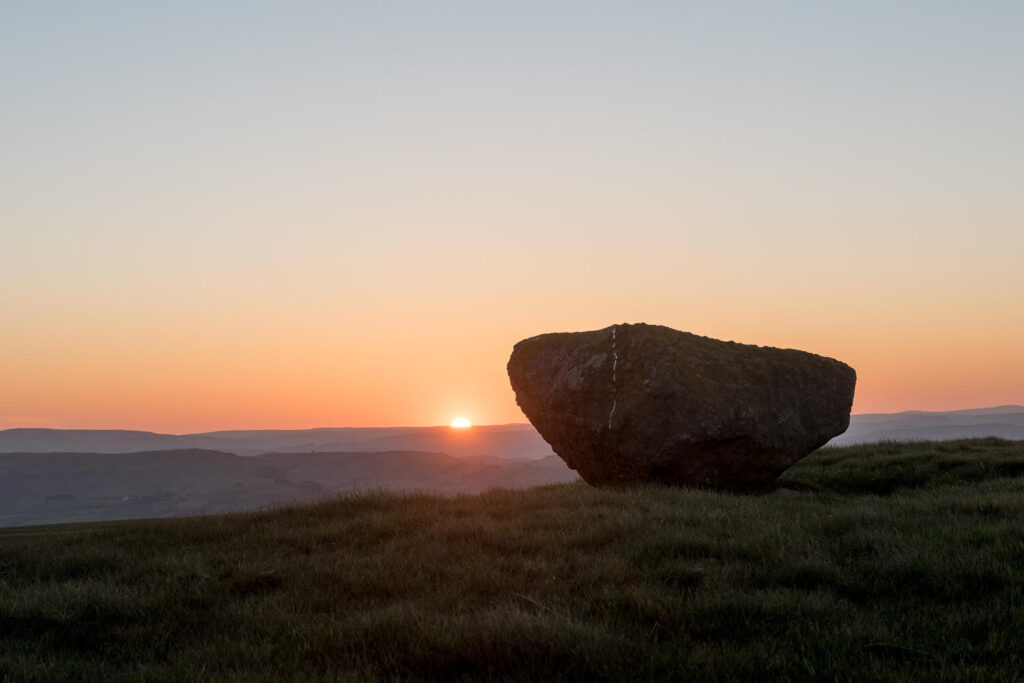
Bryn-y-maen Menhir, Radnor Forest
Roman Influence (1st to 4th Century AD)
With the Roman Conquest of Wales, an amalgamation of divine beliefs took root. Ancient Celtic practices were consumed and moulded, aided by the erection of new temples and altars hailed to Roman Gods.
There is a site of a Roman Auxiliary Fort on the farm here at Fforest Fields and during 2024 we are going to be posting more about the Roman influence and evidence in this valley.
Jessie
Christianity’s Arrival (5th Century AD)
A significant transformation in spiritual practices occurred with the arrival of Christianity. Figures such as St. David and St. Beuno performed a pivotal role in spreading the Christian faith, and Radnorshire saw monasteries and churches rise in testament to this spiritual evolution.
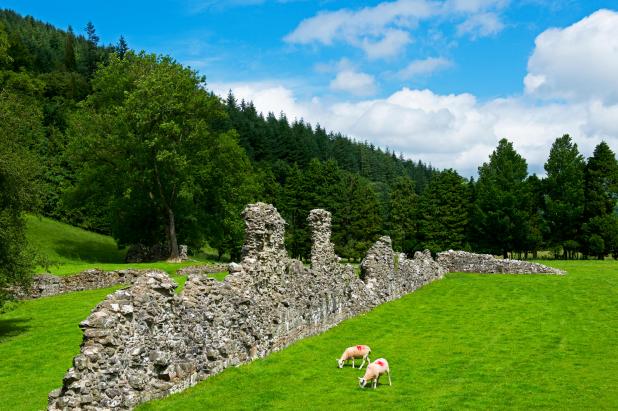
The walls of Abbey Cwm Hir founded in 1143 by Welsh Prince Cadwathelan ap Madoc of Maelienydd
Medieval Monasticism (6th to 16th Century)
Monastic communities began to flourish. Strata Florida Abbey and Abbeycwmhir Priory emerged as spiritual hubs, attracting travellers from far and wide seeking spiritual communion and enlightenment.

Norman Occupation (11th & 12th Century)
The Normans were devout Christians, and one of their priorities was the construction and renovation of churches. Many existing churches in Radnorshire were rebuilt or modified in the Norman style during this period.
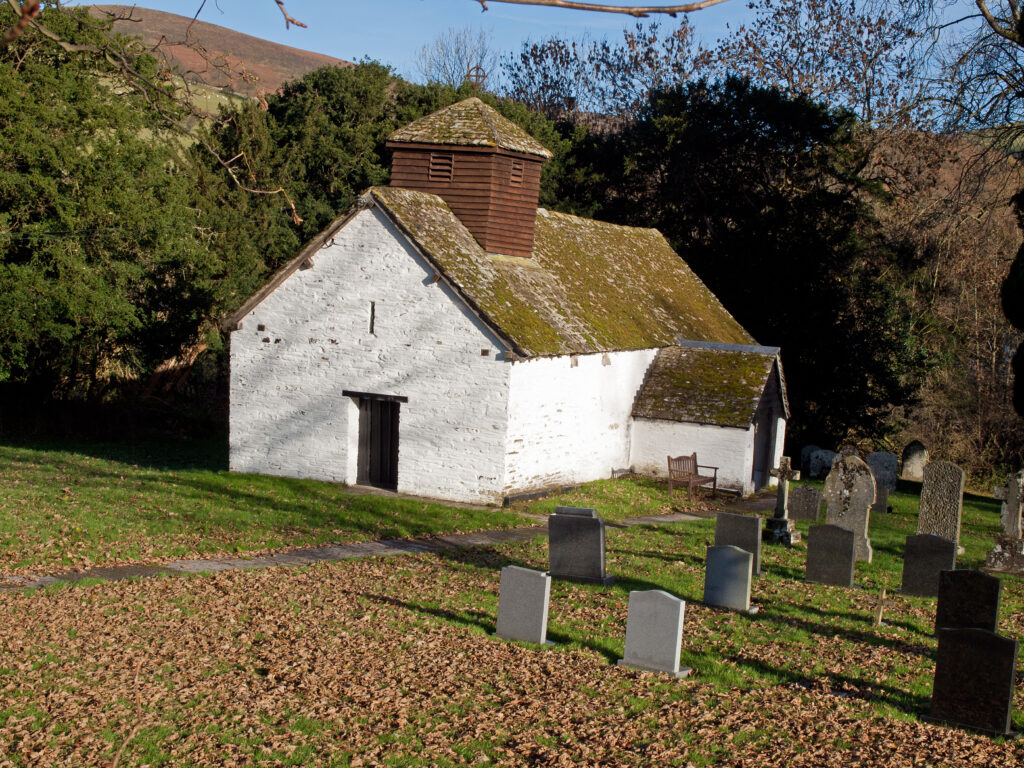
The introduction of Norman architecture often involved replacing earlier Saxon or Welsh-style churches with structures that featured Norman characteristics like the use of rounded arches and more substantial building materials.
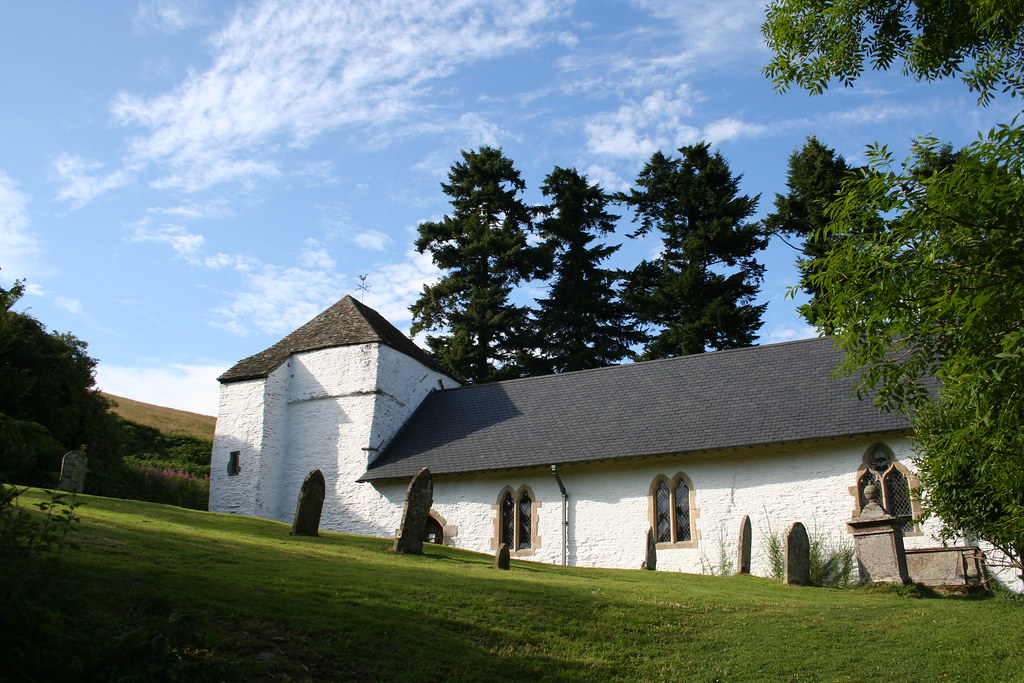
On 22 June 1402 the Welsh rebel Owain Glyndwr and his followers met an English army led by Sir Edmund Mortimer at Pilleth, near the border town of Presteigne. It was a bloody battle and an important victory for the Welsh. The church would have been standing then, right in the middle of the battlefield.
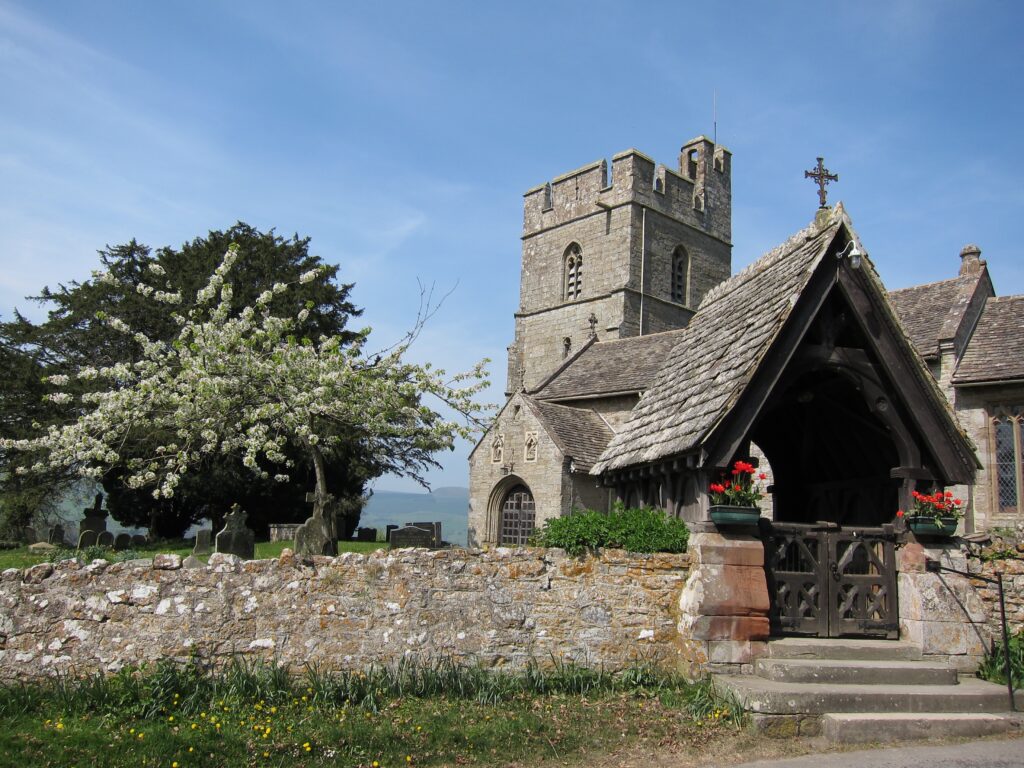
St. Stephens Old Radnor (15th Century) Founded in the 15th century, on a 6th century site as an important collegiate church, near to the castle of the Welsh princedom of Powys.
Reformation and Dissent (16th Century)
The Protestant Reformation rippled through Radnorshire, resulting in a dissolution of monasteries. Amid this turmoil, however, was the emergence of nonconformist movements such as Quakers and Baptists, providing an alternative pathway to spiritual fulfilment.
The Quaker story in Radnorshire is interesting, read more here.
19th Century Revivalism
The 19th Century bore witness to a religious revival, particularly within the Methodist movement. A surge in Methodism led to a proliferation of chapels and a reshaping of Radnorshire’s spiritual landscape.
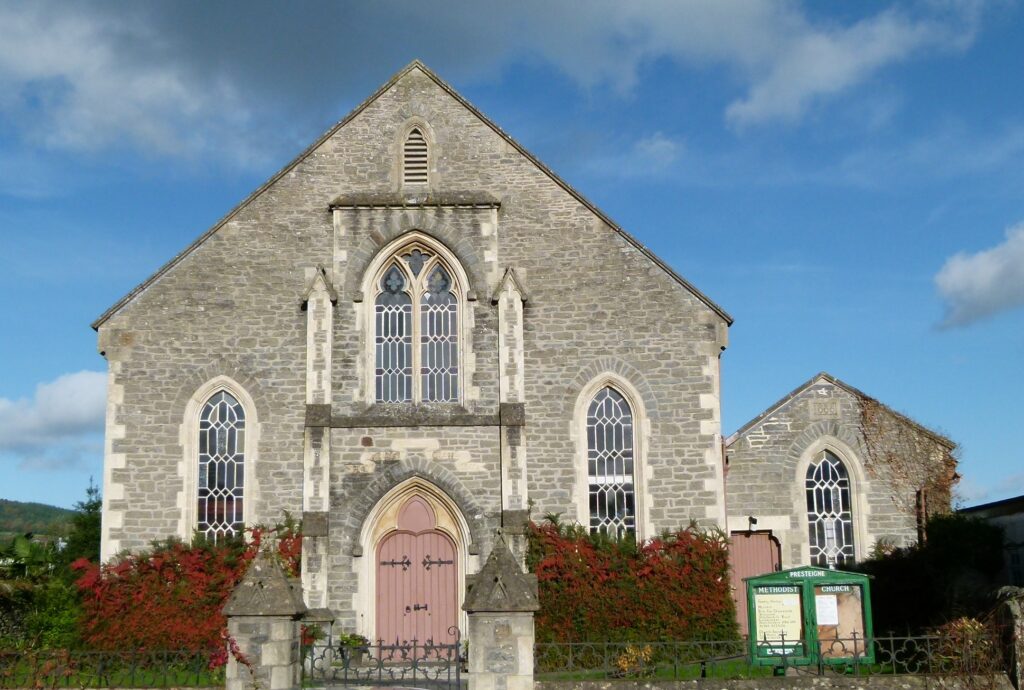
Presteigne (Warden View) 1861 Primitive Methodist Chapel
Modern Spiritual Diversity (20th Century Onward)
In recent times, Radnorshire has embraced spiritual diversity. While Christianity maintains a strong presence, particularly in nonconformist forms, the region has seen a surge in followers of New Age, Pagan and alternative spiritual movements.
Today, Radnorshire remains a multi-coloured tapestry of diverse spiritual beliefs and practices. Testament to its historical legacy and tolerant attitude towards diversity, it epitomises a spiritual journey that continues to evolve.
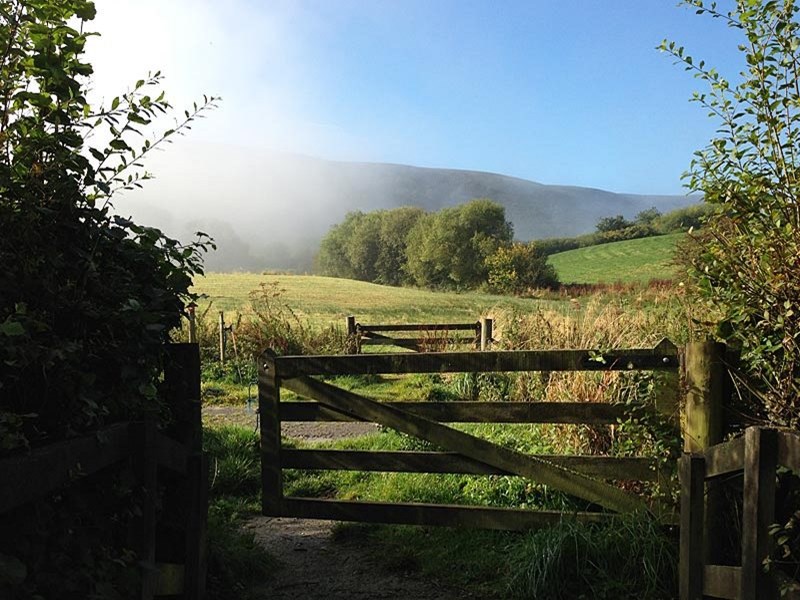
Looking out from the campsite towards Aberedw Hill and the lake.
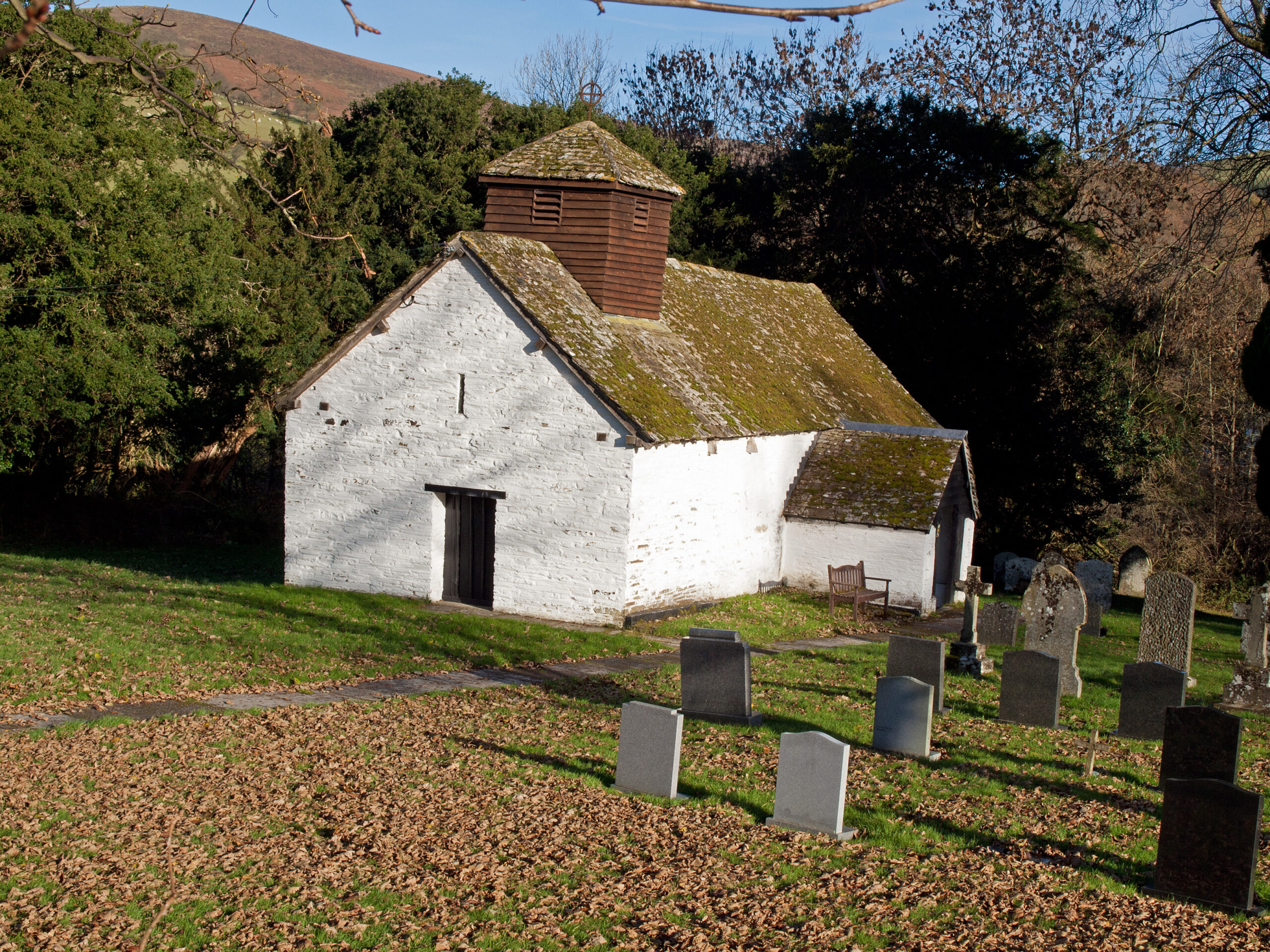
Be the first to comment